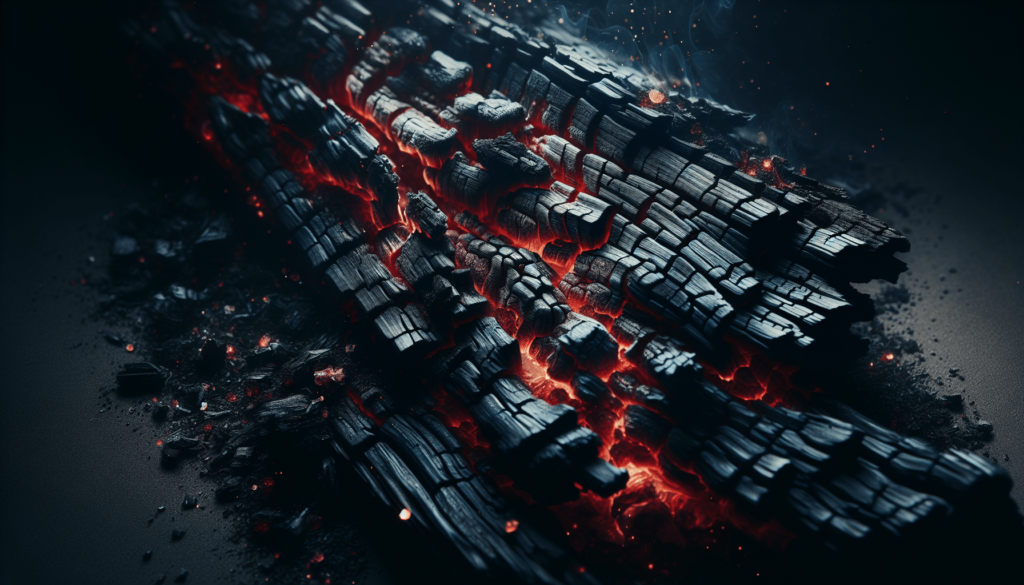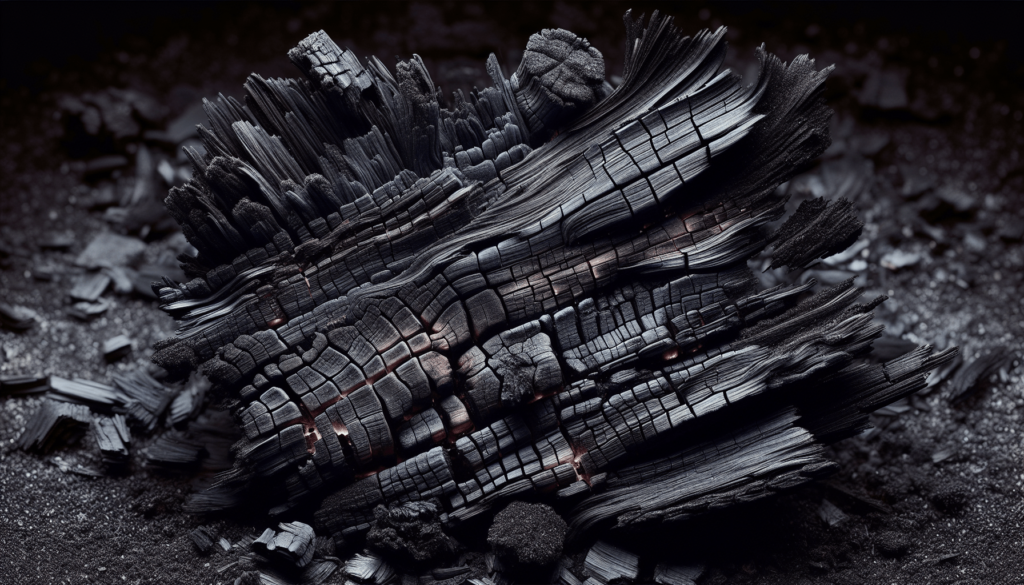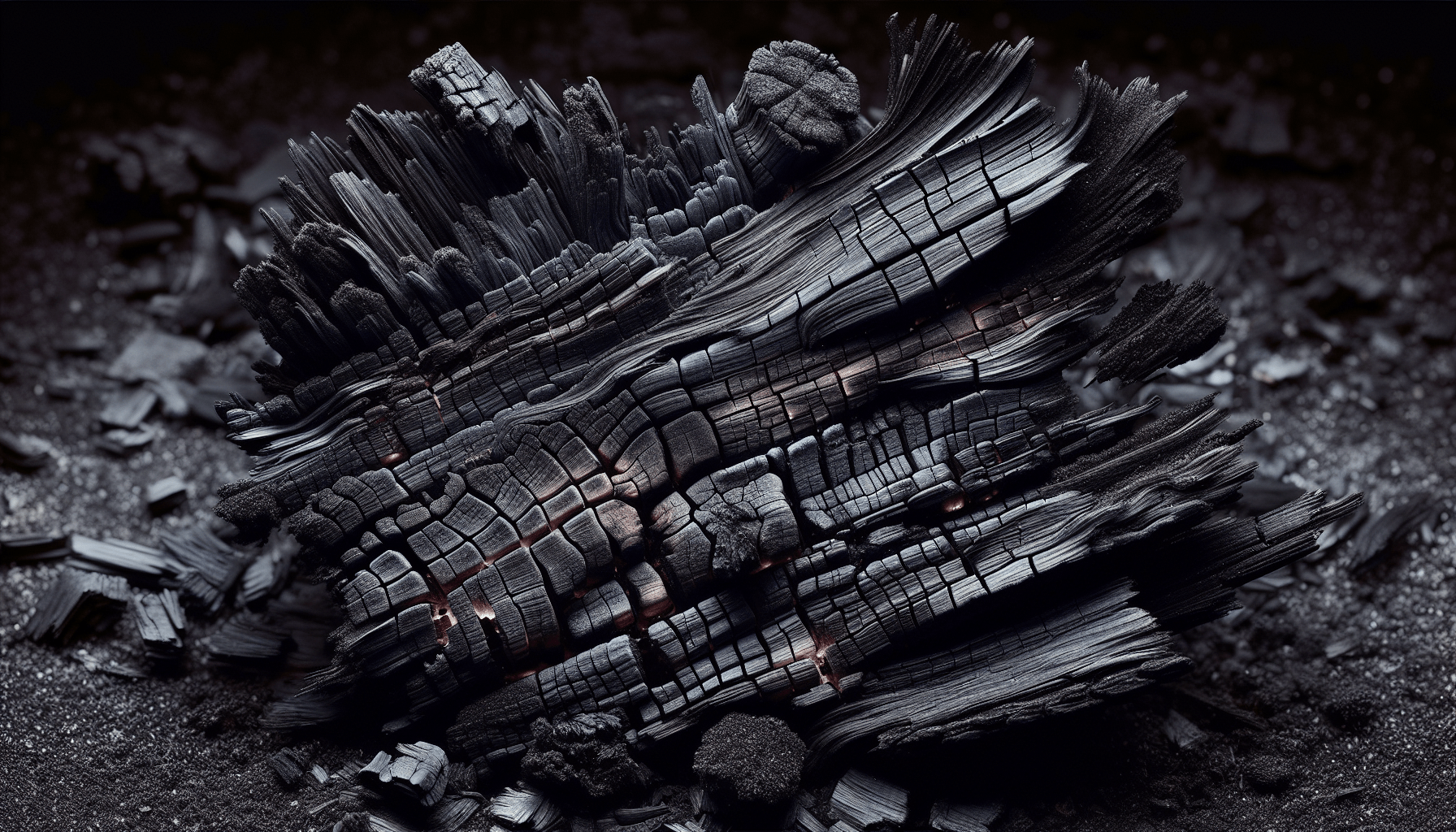I recently found myself pondering the precise term for burnt wood, and it’s a lot more fascinating than you might think. There’s this unique word, “charcoal,” that encapsulates the essence of wood that’s been charred or burnt. It’s not just any old piece of charred timber; it’s a material with its own distinct properties and uses. From art supplies to barbecue fuel, charcoal has a significant role in various aspects of our lives. Discovering this gave me a newfound appreciation for something I had previously overlooked. What is a word for burnt wood?

Introduction
Ever had a quiet moment suddenly interrupted by the realization that you just don’t know the word for something as oddly specific as burnt wood? It sounds trivial, sure, but if you think about it, burnt wood has been a significant part of human history. It has meanings and uses far beyond the backyard BBQ or a campfire story. So today, let’s dive deep into this fascinating topic and maybe learn something along the way.
What Exactly Constitutes Burnt Wood?
When we say “burnt wood,” what comes to mind? Probably some ashes, maybe a few charred pieces, and not much else, right? But burnt wood isn’t just this homogenous mass of disintegrated fibers and blackened chunks.
Charcoal: The Old-Timey Black Gold
Charcoal, the black gold of yesteryear, is probably what most of us first think about when someone mentions burnt wood. It’s created by heating wood in the absence of oxygen, a process known as pyrolysis. This method removes the water and volatile compounds, leaving behind almost pure carbon. It’s sort of like dehydrating fruit but in a much more extreme manner.
Charcoal Uses:
| Application | Description |
|---|---|
| Cooking | People have been using charcoal in grills and smokers for ages to add flavor to food. |
| Art | Artists have long used charcoal because of its rich, dark lines and shading capabilities. |
| Medicine | Activated charcoal is used in medical settings for poisoning cases. |
| Filtration | Activated charcoal is also used to filter air and water. |
Ashes: Scattered Memories
Then, we have ashes, the lifeless residue left after combustion. Unlike charcoal, ashes are made up of inorganic compounds, meaning they’re not entirely burned away but rather left behind as a kind of final, earthly memory of what once was wood.
Ash Uses:
| Application | Description |
|---|---|
| Fertilizer | Ashes can enrich soil with nutrients like potassium and calcium. |
| Soap Making | Believe it or not, ashes were once used in soap-making processes. |
| Cleaning | In olden times, people used ashes mixed with water for cleaning purposes. |
Charred Wood vs. Burnt Wood
In simple terms, all charred wood can be considered burnt, but not all burnt wood is charred to the same extent. Charred wood retains some of its structure and strength but has a blackened, crispy exterior. Think of those wooden beams in ancient buildings that survived fires but wear their scars with historical pride.
Charred Wood: Distinct Terms and Applications
Interestingly, the word for charred wood can vary depending on its use and condition. Let’s break down some distinct terminologies.
Biochar: The Soil’s Best Friend
If you’ve ever come across the term “biochar,” you might wonder what kind of sci-fi landscape it comes from. Biochar is essentially a type of charcoal used as a soil amendment to improve soil health and crop yields. It’s like giving your garden a superfood smoothie, but one that looks rather unappetizing.
Torrefied Wood: For the Sake of Energy Efficiency
Torrefied wood is another term you might bump into if you’re hanging out in scientific or industrial circles. This involves roasting the wood at lower temperatures than full combustion, creating a more energy-dense material while reducing its moisture content. So, if you’re working on an eco-friendly project, you might want to look into torrefied wood.
My Personal Journey With Burnt Wood
Before we dive even deeper, let me share a quick story. One summer, I became fascinated—some would say obsessed—with campfires. It started as a hobby but soon became a quest for the perfect fire. I learned so much: the right types of wood to burn, how to build a fire, and, yes, the differences between ashes and charcoal. My backyard quickly resembled a medieval blacksmith’s workspace.
People would visit and inquire, “Why does it always smell like a bonfire here?” To which I would respond with my growing lexicon of burnt wood terminology. Friends soon learned not to ask if they had nowhere to be.

Historical Use of Burnt Wood
Human history is, in many ways, written in burnt wood. Let’s take a brief tour through time to see how our ancestors used this smoldering legacy.
Prehistoric Times: The Dawn of Fire
Fire was humanity’s Promethean leap. Early humans learned to cook food, ward off predators, and endure colder climates—all thanks to controlled fire. Burnt wood from these ancient hearths has given us insights into the diets and habits of our early ancestors.
Terra Preta: Ancient Amazonian Black Soil
The use of biochar isn’t actually new; ancient Amazonian tribes created “Terra Preta,” or black earth, which is one of the most nutrient-rich soils known to humankind. Scientists believe this enriched earth was made using a combination of charcoal, bone, and organic matter, showing that even ancient peoples understood the value of burnt wood.
Medieval Times: Charcoal and Iron
Fast forward to medieval times, and you’ll find that burnt wood, specifically charcoal, was essential in metalworking. Charcoal allowed for higher temperatures necessary to smelt iron, forging the weapons and tools that would sometimes change the course of history.
Modern-day Applications
Fast forward to today, a lot has changed, but our relationship with burnt wood remains surprisingly constant. Whether it’s cooking, industry, or art, burnt wood continues to serve some oddly specific but incredibly vital roles.
The Culinary World: More Than Just BBQ
In culinary spaces, burnt wood—specifically in the form of charcoal—finds its way into trendy dishes and cocktails. Ever tried charcoal ice cream? It’s a thing. A rather perplexing, slightly gothic thing, but a thing nonetheless.
Sustainable Energy: The Extra Mile
Countries around the world are exploring the use of torrefied wood for sustainable energy. It’s considered a more environmentally friendly alternative to coal. And as we collectively aim to reduce our carbon footprints, this could be a crucial puzzle piece.
The Art Community: Smudge and Create
And if you wander into an artist’s studio, you’re likely to find burnt wood being used in the form of charcoal sticks. Artists love it for its versatility and the rich, emotive lines it allows them to create.
Closing Thoughts
So, what’s a word for burnt wood? Well, as we’ve seen, there isn’t just one word. Charcoal, ash, torrefied wood, biochar—all these terms reflect the many lives and roles that burnt wood can take on. Each term carries its own unique history and application, adding another layer to this surprisingly complex topic.
If nothing else, I hope this article has given you some interesting tidbits for your next trivia night or weekend BBQ. At the very least, you’ll be the most informed person complaining about how hard it is to clean out the ashes from the fire pit. Cheers to a newfound appreciation for burnt wood!
Feel free to drop a comment if you have any more questions or need a more combustible vocabulary!

